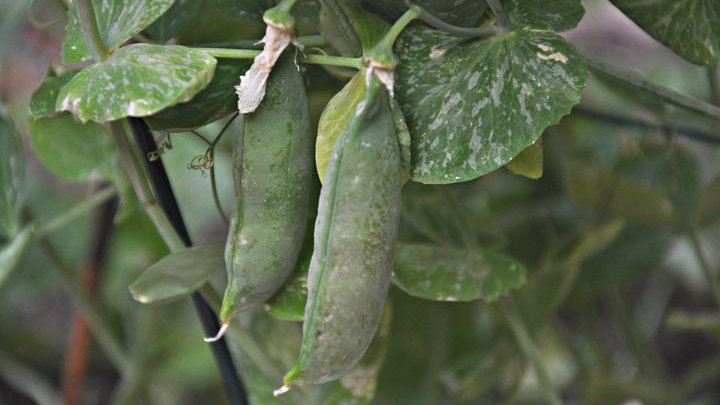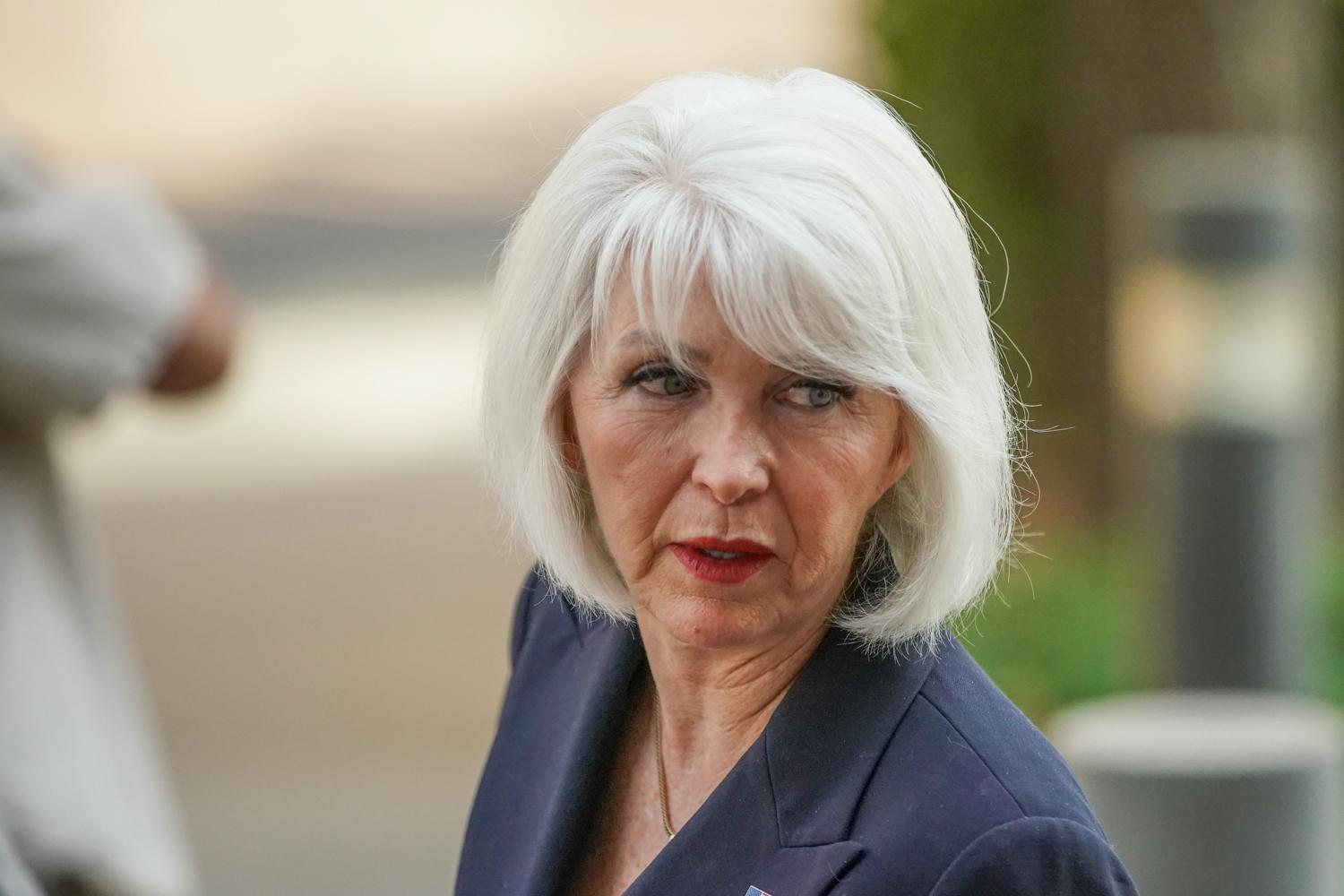
It’s nearly April, which means it’s time for home gardeners to start planning for the summer. This year, gardeners will find help in a new guide by Colorado's Larry Stebbins, founder and director of Pikes Peak Urban Gardens.
His new e-book “Backyard Vegetable Gardening Guide” leads Front Range and high-altitude gardeners through the 12 months of the year. Stebbins says a month-by-month guide is what he would want so that's how he wrote the book.
Stebbins also teaches monthly classes in Colorado Springs, where he gives instructions on gardening topics like building greenhouses.Leslie Wirpsa has been going to them for years.
"I was in the classes when they were about 30 people, and then they grew to 75 people, and then they had to find a little bigger space and they were 100 people," Wirpsa says. "And now he’s bursting at the seams with 300-plus at the school auditorium."
And, Wirpsa says, she is living proof that Stebbins can help someone turn their garden around.
"I’d never grown broccoli in my life," Wirpsa says. "First year, I did okay. We had broccoli until November. Last year I had a 12-inch diameter head of broccoli, after I took a lot more of Larry’s gardening advice. I call it brocczilla."
Stebbins' first piece of advice is to plan out your garden carefully. He has some examples online, and he says a 20-foot by 20-foot plot should produce enough vegetables, if well planned, for one or two people to have enough fresh produce to eat all year long.
But, be careful not to overcrowd your crops.
"Many people, for example, think that if they have a four by eight [foot] garden bed, that that can fit maybe 10 tomato plants,” Stebbins says. “We show them that fits about two.”
Stebbins recommends using raised beds, which are boxes above the natural soil that can be built with wood, stones or bricks. Stebbins prefers raised beds because the good soil in Colorado isn't very deep.
He also has some ideas for people who don't have a backyard at all.
"In Oregon there's a movement, and it comes from the college students who basically don't have a place to plant,” Stebbins notes. “They go out into the neighborhood and meet with the neighbors and say, ‘If you pay for this garden, I will tend it 100 percent.’ Then the gardener and the garden owner can split the bounty evenly.”
"It's a wonderful way to get folks who don't have a yard, don't have enough money, to grow their own food," Stebbins says.









